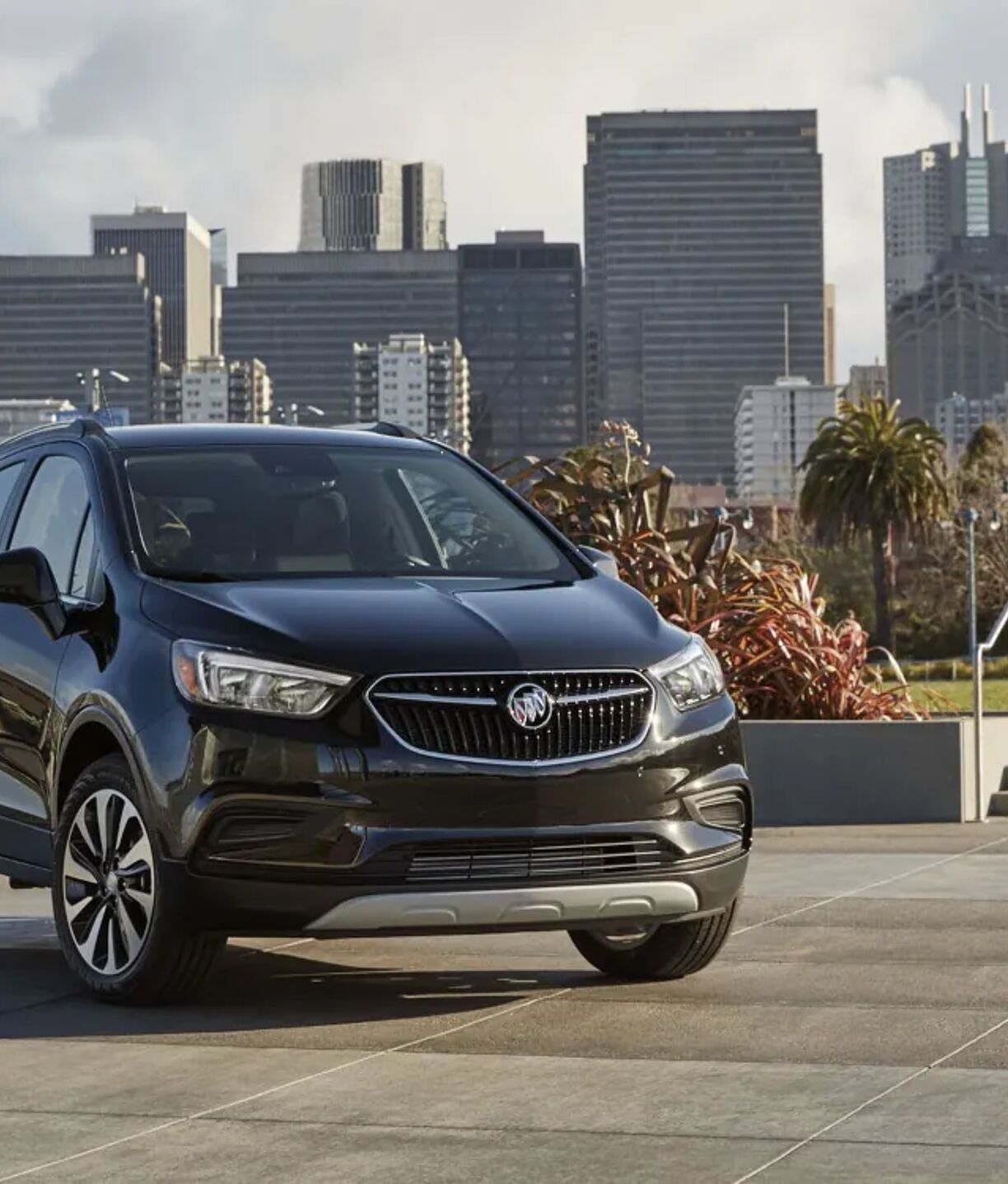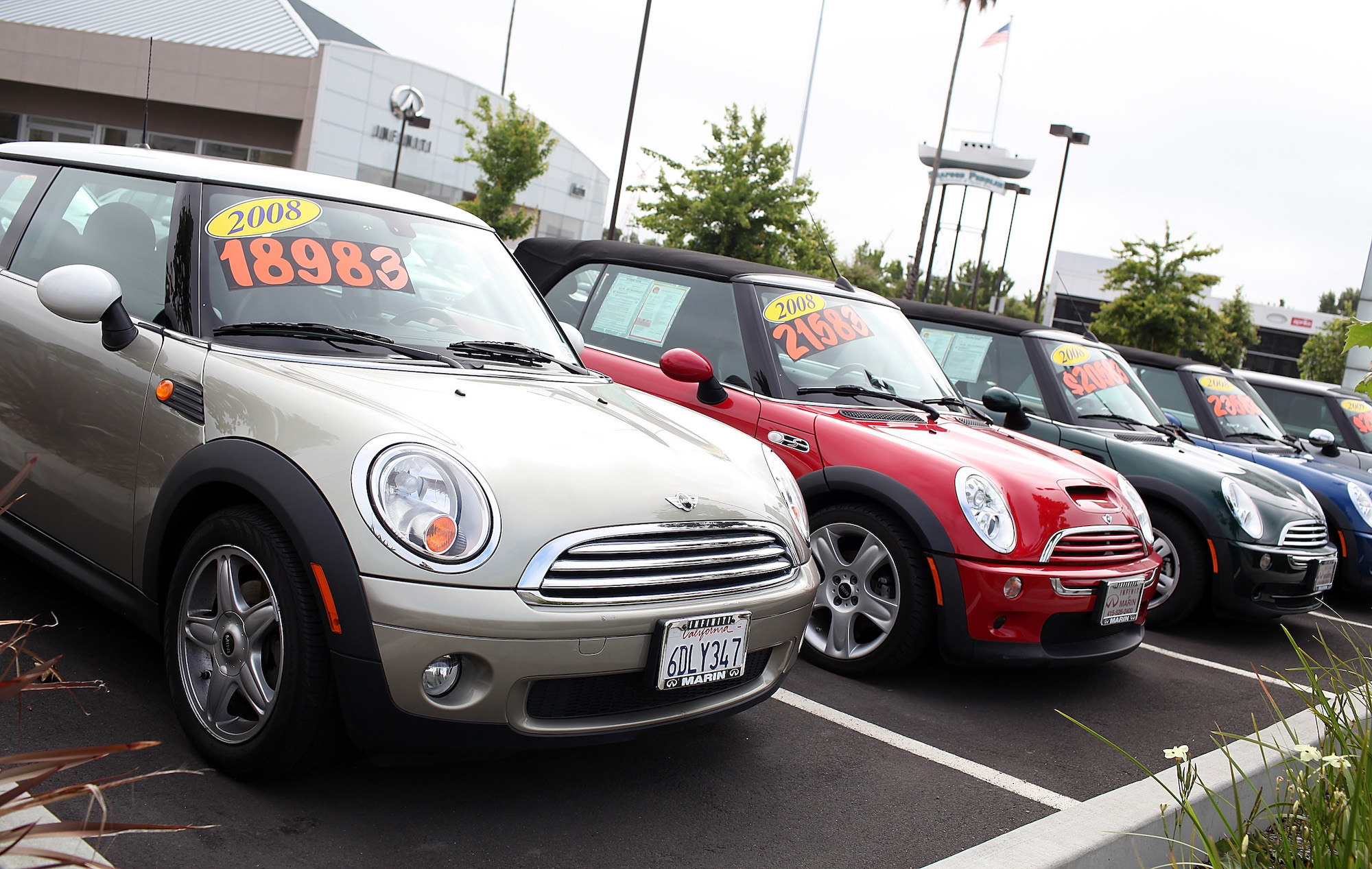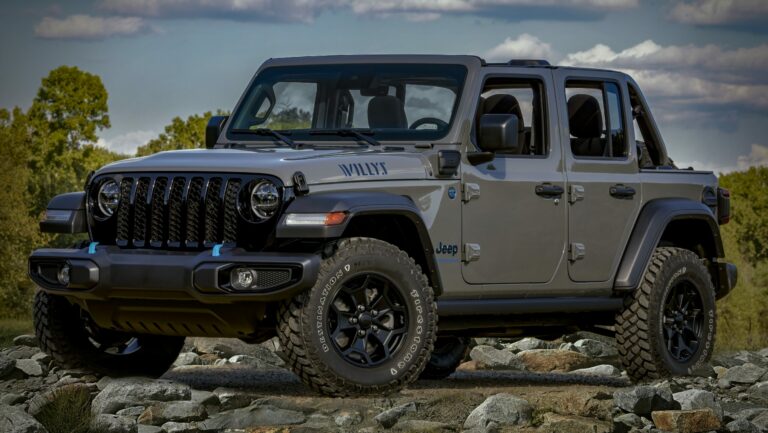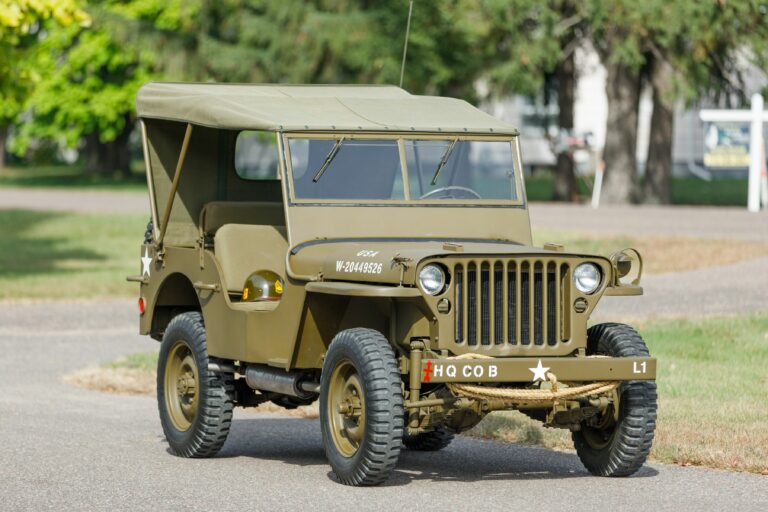Used Jeep Comanche For Sale: A Comprehensive Buyer’s Guide
Used Jeep Comanche For Sale: A Comprehensive Buyer’s Guide /jeeps.truckstrend.com
Introduction: The Enduring Appeal of a Cult Classic
In the vast landscape of vintage vehicles, few command the unique blend of rugged utility and cult following quite like the Jeep Comanche. More than just a pickup truck, the Comanche (model code MJ) represents a fascinating chapter in Jeep’s history, born from the wildly successful XJ Cherokee platform. Produced from 1986 to 1992, it offered Jeep’s legendary 4×4 capability in a compact, versatile pickup package, filling a niche that many modern trucks struggle to replicate.
Used Jeep Comanche For Sale: A Comprehensive Buyer’s Guide
For enthusiasts, off-roaders, and collectors alike, a "Used Jeep Comanche For Sale" isn’t just an advertisement; it’s an invitation to own a piece of automotive heritage. These trucks are celebrated for their simplicity, durability, and a timeless design that continues to turn heads. However, like any vintage vehicle, purchasing a used Comanche requires careful consideration, informed decision-making, and an understanding of what makes these trucks truly special – and what challenges they might present. This comprehensive guide will navigate you through everything you need to know about finding, evaluating, and owning a Jeep Comanche.
Why Buy a Used Jeep Comanche? The Enduring Appeal and Practical Benefits
The allure of the Jeep Comanche extends far beyond mere nostalgia. These trucks offer a compelling set of benefits that make them highly desirable in today’s market:
- Legendary Jeep Capability: At its core, the Comanche is a Jeep. Built on the unibody platform of the XJ Cherokee, it inherits robust axles, excellent ground clearance, and an array of durable 4×4 systems (Command-Trac and Selec-Trac). This means it’s incredibly capable off-road, whether you’re tackling trails, snow, or muddy job sites.
- Robust Powertrains: The most sought-after Comanche models feature the iconic AMC 4.0-liter inline-six engine. Known for its bulletproof reliability, ample torque, and simple design, this engine is a workhorse that can endure hundreds of thousands of miles with proper maintenance. Even the 2.5-liter four-cylinder offers respectable performance for a compact truck.
- Unique Design and Size: In an era of ever-growing trucks, the Comanche’s compact footprint is a significant advantage. It’s maneuverable in tight spaces, easier to park, and its classic, boxy lines have a timeless appeal. It stands out from the crowd without being ostentatious.
- Strong Aftermarket Support: Due to its significant parts commonality with the XJ Cherokee, a vast aftermarket exists for suspension upgrades, lift kits, armor, and performance parts. This makes customizing and maintaining a Comanche much easier than many other vintage vehicles.
- Potential for Appreciation: Clean, well-maintained, and unmolested examples of the Jeep Comanche have seen a steady increase in value over recent years. For the right buyer, it can be not just a fun vehicle but also a solid investment.

While the benefits are numerous, it’s also important to acknowledge potential challenges. The primary concerns often revolve around age-related wear, such as rust (especially in northern climates), worn suspension components, and minor electrical gremlins. However, with a thorough pre-purchase inspection and a willingness to invest in maintenance, these challenges are often manageable.
Key Generations and Models: Decoding the Comanche Lineup
The Jeep Comanche was produced for a relatively short period, but it underwent several refinements and offered a variety of configurations:

- Production Years: 1986 – 1992
- Engines:
- 2.5L AMC I4 (TBI/MPI): Standard engine, decent economy, and reliable. Good for lighter duty.
- 2.8L GM V6 (1986 only): Less desirable, prone to issues, and underpowered. Generally avoided by enthusiasts.
- 4.0L AMC I6 (Renix 1987-1990, High Output 1991-1992): The legendary engine. The High Output (HO) version offers more power and is generally preferred, though the Renix is also very robust. This is the engine to seek out for performance and longevity.

- Transmissions:
- Manual: AX-4 (4-speed), AX-5 (5-speed), AX-15 (5-speed – highly desirable, especially with 4.0L).
- Automatic: AW4 (4-speed – excellent, durable automatic, often preferred for daily driving).
- Drivetrains:
- 2WD: Standard on many models, often more affordable.
- 4WD: Command-Trac (NP207, NP231 – part-time 4WD, robust) and Selec-Trac (NP229, NP242 – full-time/part-time 4WD, versatile). Most buyers seek 4WD.
- Bed Lengths:
- Short Bed: 6 feet (72.6 inches)
- Long Bed: 7 feet (87.4 inches) – less common, highly prized for utility.
- Trim Levels: Over its lifespan, the Comanche was offered in various trims, often mirroring the Cherokee, including Base, Custom, X, XLS, Pioneer, Chief, Laredo, and the sporty Eliminator. The Eliminator trim (especially with the 4.0L, 4×4, and manual transmission) is often considered the most desirable and collectible. It typically came with sportier styling cues, bucket seats, and standard power features.
When searching for a used Comanche, prioritize models with the 4.0L I6 engine, ideally paired with either the AX-15 manual or the AW4 automatic transmission. 4×4 capability is a must for most buyers, and a long bed can be a bonus for utility.
The Pre-Purchase Inspection: Essential Steps for Buyers
Purchasing a vintage vehicle like a Comanche demands a meticulous inspection. Don’t rush the process, and consider bringing an experienced mechanic or a fellow Jeep enthusiast.
- Rust is the Enemy: This is paramount. Inspect the frame rails, especially near the rear leaf spring hangers and bed mounts. Check the rocker panels, cab corners, floor pans, and the bed itself (particularly the front and wheel wells). Surface rust is common, but significant structural rust can be a deal-breaker.
- Engine Health:
- Look for oil leaks (rear main seal, valve cover).
- Check coolant condition; milky or sludgy coolant indicates issues.
- Listen for knocking, ticking, or excessive lifter noise.
- Verify all accessories (AC, power steering, alternator) are functioning.
- Ask about maintenance history (oil changes, cooling system flushes).
- Transmission and Transfer Case:
- Manual: Check for smooth shifts, no grinding, and a solid clutch pedal feel.
- Automatic: Ensure smooth, timely shifts, no slipping or harsh engagement.
- Transfer Case: Engage 4WD (High and Low range) to ensure it shifts smoothly and locks in. Listen for unusual noises.
- Suspension and Steering:
- Look for worn ball joints, tie rod ends, control arm bushings, and leaf spring shackles.
- Check for excessive play in the steering wheel, which could indicate a worn steering box or linkage.
- Test shock absorbers by pushing down on each corner.
- Brakes: Inspect brake lines for rust or leaks. Check pad and rotor thickness.
- Electrical System: Test all lights (headlights, taillights, turn signals, interior lights), gauges, power windows, and HVAC system. Wiring issues can be frustrating to diagnose.
- Interior Condition: Assess the seats (especially the driver’s side), dashboard (cracks are common), headliner, and door panels. While cosmetic, significant damage can indicate neglect.
- Test Drive: Drive the truck on various surfaces, including highway speeds. Listen for unusual noises (driveline vibrations, differential whine), check braking stability, and ensure it tracks straight.
Practical Advice: Always get a pre-purchase inspection from an independent mechanic who specializes in 4x4s or older vehicles if you’re not confident in your own assessment. This small investment can save you thousands down the road.
Pricing and Valuation: What to Expect in the Market
The price of a used Jeep Comanche varies significantly based on several factors, reflecting its condition, configuration, and market demand.
- Condition: This is the primary driver. A rust-free, well-maintained, low-mileage example will command a premium over a project truck needing extensive work.
- Engine: 4.0L I6 models (especially High Output) are significantly more valuable than 2.5L I4 or the rare 2.8L V6.
- Transmission: Manual transmissions, particularly the AX-15, often fetch higher prices among enthusiasts.
- Drivetrain: 4×4 models are generally more desirable and expensive than 2WD versions.
- Trim Level: Eliminator and Laredo trims, with their higher features and sporty appearance, tend to be at the upper end of the price spectrum.
- Mileage: Lower mileage generally correlates with higher prices, assuming maintenance has been consistent.
- Modifications: Well-done, tasteful modifications (e.g., quality lift kit, better tires) can add value, but poorly executed or extreme mods can detract.
Current Market Trends: The value of clean Jeep Comanches has been steadily rising. They are increasingly recognized as desirable classic trucks. Expect prices to reflect this growing collector interest.
Used Jeep Comanche Price Table (Estimated Ranges)
| Condition Category | Description
| Comanche Model | Engine | Drivetrain | Transmission | Year Range | Estimated Price Range (USD) | Notes





